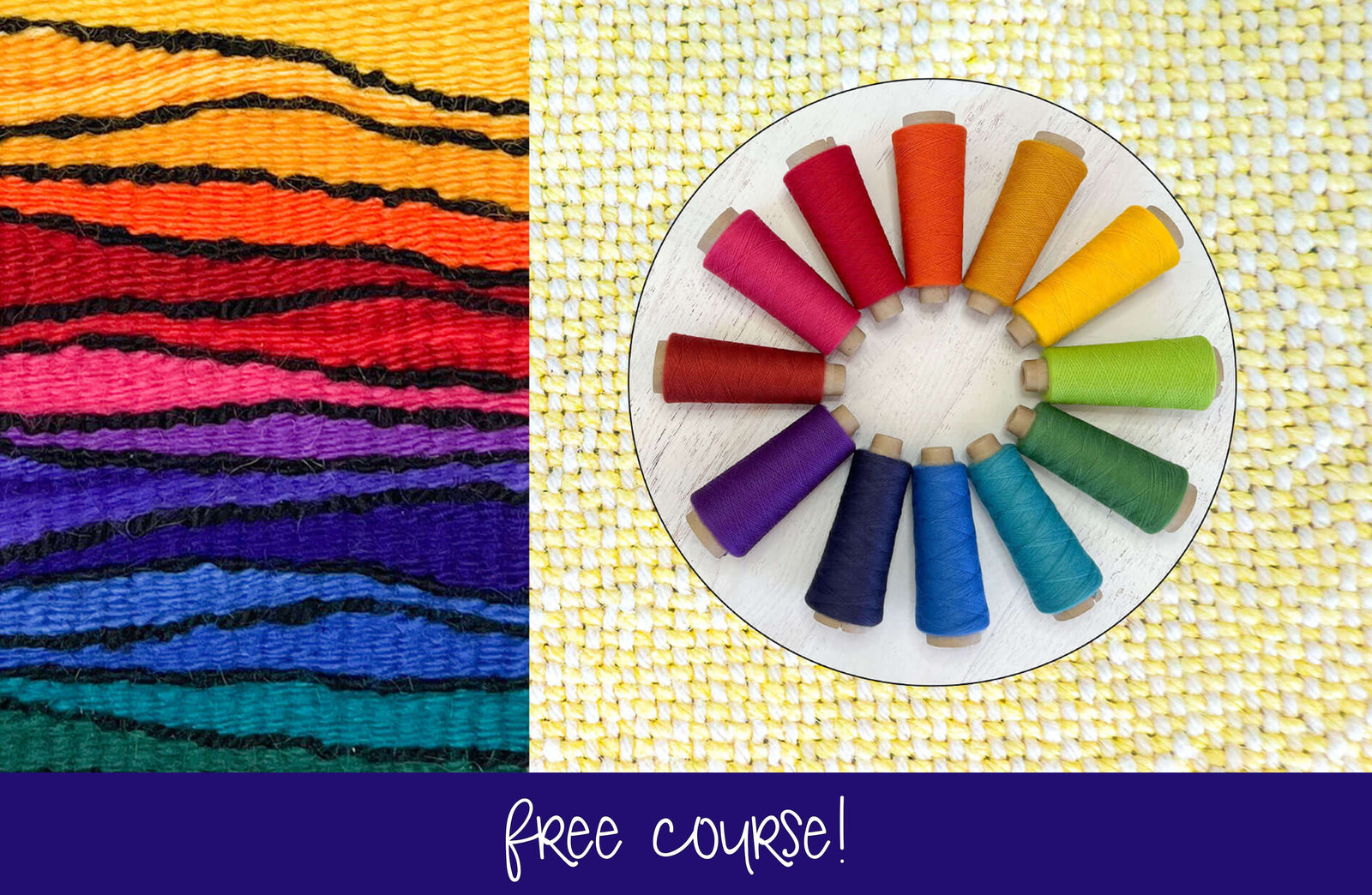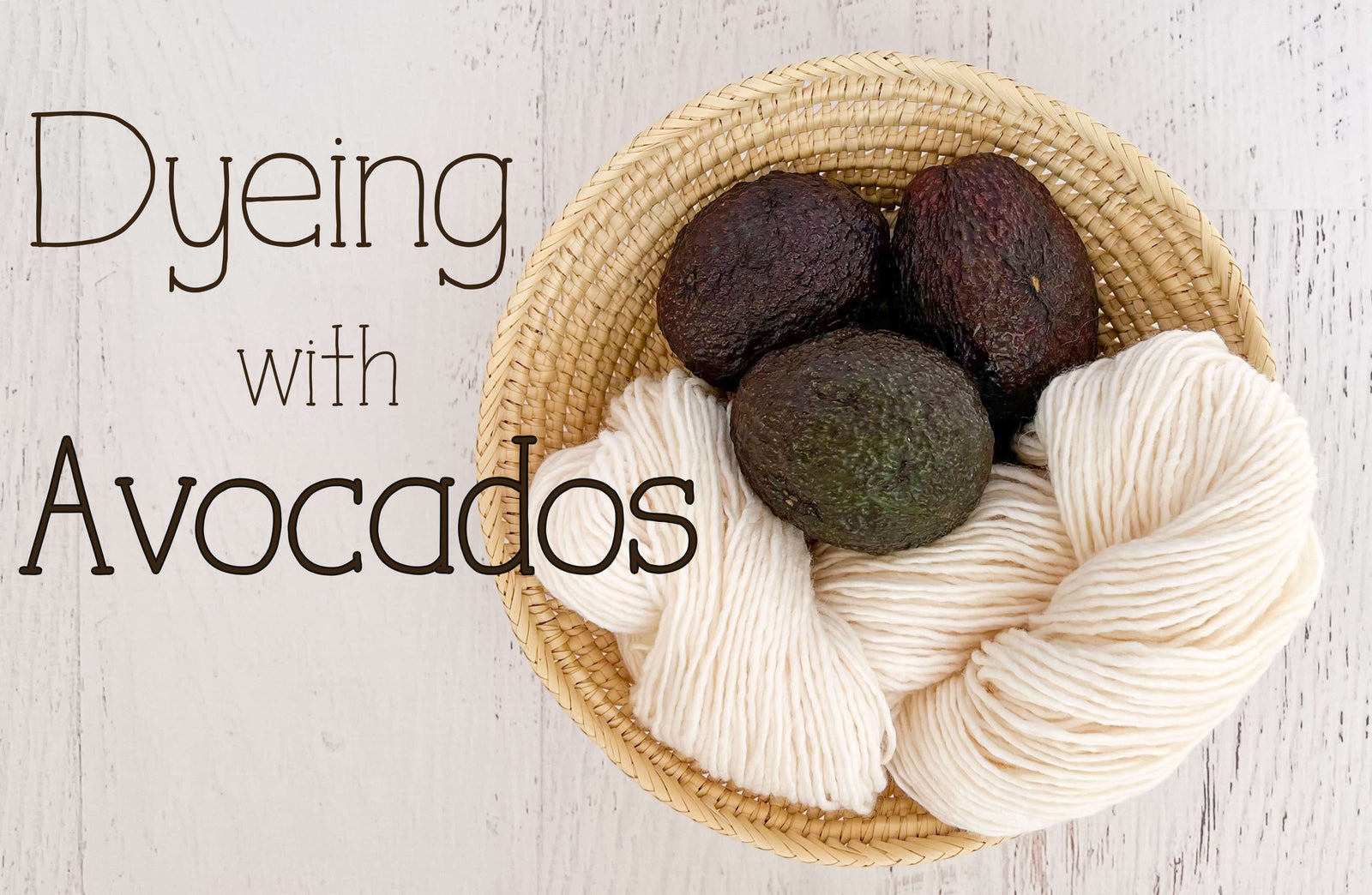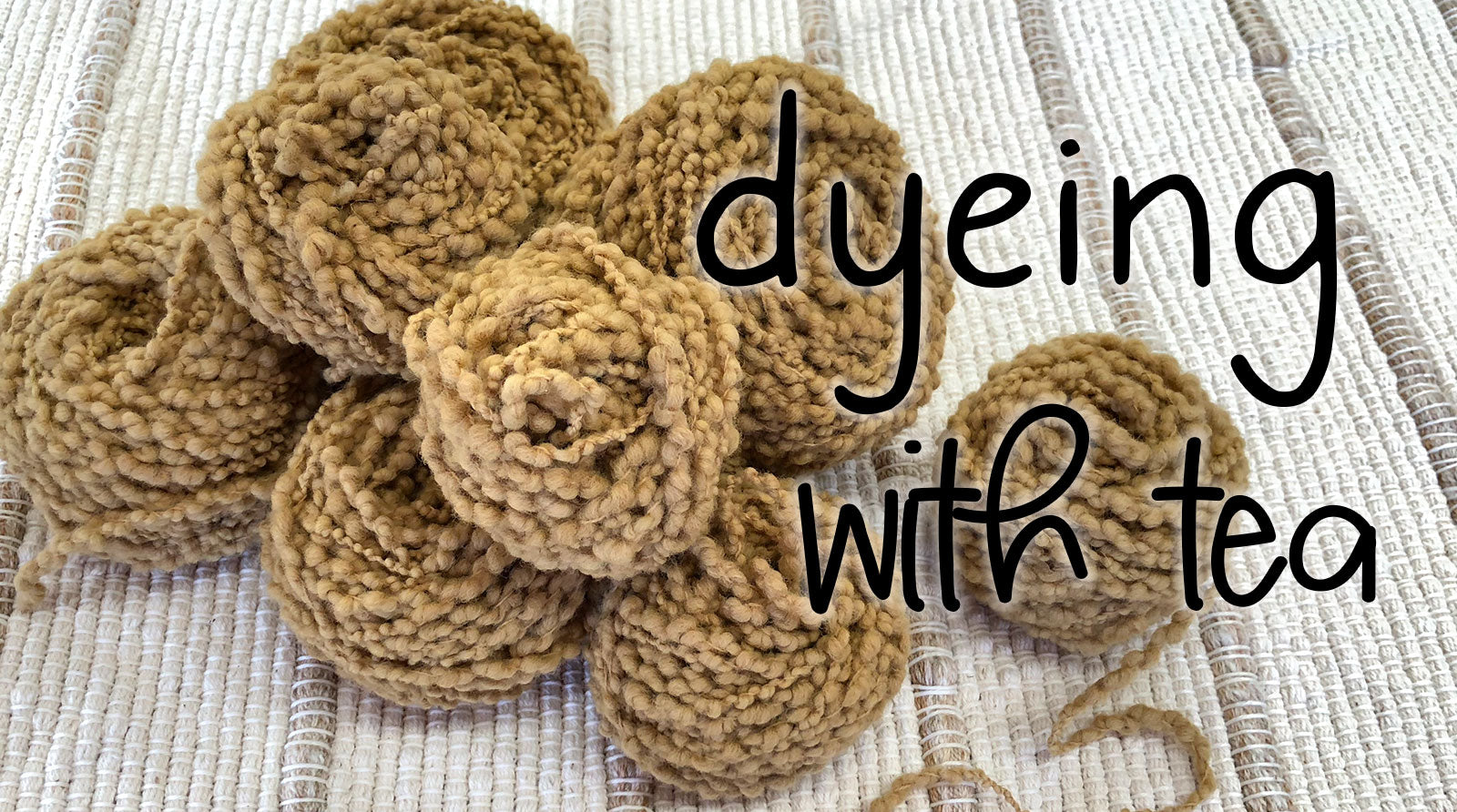Be The Boss
To have full control over your weaving, you need to know how the fibers work with each other.
Wool, cotton, rayon, silk, polyester, and acrylic each have their own personality, and a good weaver knows how to make them get along.
You also need to know which fiber is best suited to your project.
So let’s get started!
I’ll describe each fiber, its characteristics, and how I like to use it.

Fibers from Animals
We call the fibers from animals protein fibers. You especially need to know this when you’re dyeing the yarn. Protein fibers need different dyesthan plant fibers.
Wool

Wool is the most forgiving fiber, and it’s easy to work with. It packs down beautifully, and with its slight stretch, is forgiving.
Most wool we use is spun after the fibers have been carded and fluffed up, creating the soft, cozy yarns we use in clothing and rugs.
Another type of wool yarn is called worsted, in which the fibers are not carded, but combed and spun into a dense yarn. These yarns are usually used in coats, rugs, and upholstery, and are expensive.
I live in the desert, and don’t wear wool much. I use it mostly in rugs and in my coiled baskets.
Wool needs special care, you can’t just throw it in the washer and dryer or it will shrink. I always say to treat it like you would yourself.
Don’t toss it in a tub of hot water. Would you like that? Treat it gently, and start with lukewarm water, water that you’d like to jump into for a nice soothing bath. Don’t squish it or handle it too much, or the tiny microscopic scales on the wool fibers will bind together and “felt-up.”
On the other hand, sometimes you do want it to turn into felt, and that’s the subject for another post!
Silk

Well, silk is silky! Its lustrous sheen is perfect for scarves, and it drapes so beautifully.
When you weave with silk, you’ll find it slips around a bit, so it’s a good idea to keep the weave dense, an airy weave might just turn into a mess when you wear it and wash it.
Above you see a photo of some silk chenille that I hand-dyed. Silk chenille… now that was a treat for me to buy because it’s expensive! I used it in some tiny amulet necklaces (Amulets are little bags from ancient times, people kept special treasures in them).Beside the chenille is some red and blue skeins of tussah silk.

There’s another kind of silk that has a more organic, earthy feel. It’s called raw silk. The photo above is raw silk. It’s not as slinky as regular silk, but I love its organic feel, and it drapes well.
Raw silk is made from the outer part of the silk cocoon and has a slightly sticky feel with tiny bits of organic stuff.
I like to use both kinds of silk, but since I’m a granola-eater girl, and I am not rich, I often use raw silk in the clothes I make.
There are other kinds of animal fibers, yak, camel, alpaca, llama, and rabbit. Actually, any animal hair can be spun into yarn if you’ve a mind to do it. I’ve got a sweater with my first dog’s fur knitted in. When I wear it, I think of sweet Mava.
If you click the link for each of these luxury fibers, you’ll see they are not your everyday fiber, they’re expensive, but a nice treat to buy just a little!

Fibers from Plants
Plant fibers are called cellulose fibers. These, like the protein fibers, require dyes meant to be absorbed into the cellulose structure.
Cotton

Cotton is my favorite, it’s soft, absorbent, and easy to weave. It usually costs less than wool or silk.
It comes in many grades, from simple cotton twine to silky, lustrous yarn.
Mercerized cotton has been treated to make the yarn have more luster and dyes well.
Unmercerized cotton is not as vibrant and is good for towels because it is more absorbent.
Linen

Linen is made from flax, and unlike cotton, its fibers come from the stalk of the plant. It’s called a bast fiber.
Linen can be tricky to weave with because it doesn’t stretch. A little stretch in a fiber allows us to tweak the tension on the loom and forgives us when we don’t wind the yarn on perfectly.
But I love linen, it smells so nice, you feel like you’re outside on a spring day. Linen is also a bit pricey, so a nice alternative to pure linen is Cottolin. Cottolin is 60% cotton and 40% linen. The cotton makes it easier to work with, less expensive, and it has the same sweet fragrance.
Hemp

Hemp is also a bast fiber, and stiff to work with. I’ve not used it for weaving… but I soon will! I ordered too much hemp twine for my packaging, so I’m going to give it a try to make some placemats.
Hemp isn’t the same grade as linen, not as lustrous, and its fibers are shorter. It’s strong and a great fiber for baskets.
Rayon

Rayon is a sorta natural fiber. By sorta I mean that it is made from cellulose, but it’s manufactured with polymers, so that makes it sorta natural.
Rayon is made from wood pulp then put through spinnerets, much like the silkworm does when making its cocoon. Find out more here.
I love working with rayon, it feels natural, drapes like silk, and the sheen is almost the same as silk too.
Soy

There are a lot of different fibers coming out as eco-friendly, and soyis the most popular with weavers. It drapes even more beautifully than rayon and dyes up into vibrant colors. It’s often blended with silk and cotton.
I can’t tell you a lot about it because I haven’t used it yet, I just bought some beautiful soy roving at a wool festival, and I’ll probably just swoon over it for a while, then put it into something I’m felting.

Synthetic Fibers
Acrylic

I’ll just get the truth out right now.
I don’t like to weave with acrylic. It’s got too much static, and just isn’t fun to weave with.
But I don’t like acrylic anything. It doesn’t let your skin breath. Natural fibers always feel much nicer to the skin.
It’s dependable because you always know that it won’t shrink or change much in the washing process.
You can buy some very nice acrylic, and there are lots of high-end blends, so don’t pass it up if you see something you just love.
Polyester and nylon are also blended into yarns. They give it strength, luster, and are usually found in novelty yarns. Novelty yarns have all kinds of fun, bumpy, furry, and shiny things added in.
Metallic

Metallics are nice to add a little sparkle to your handwoven fabric, and a little goes a long way. I used this one for just a few rows in some placemats.
If you weave it into a scarf, be sure it doesn’t feel abrasive. Form follow function!





